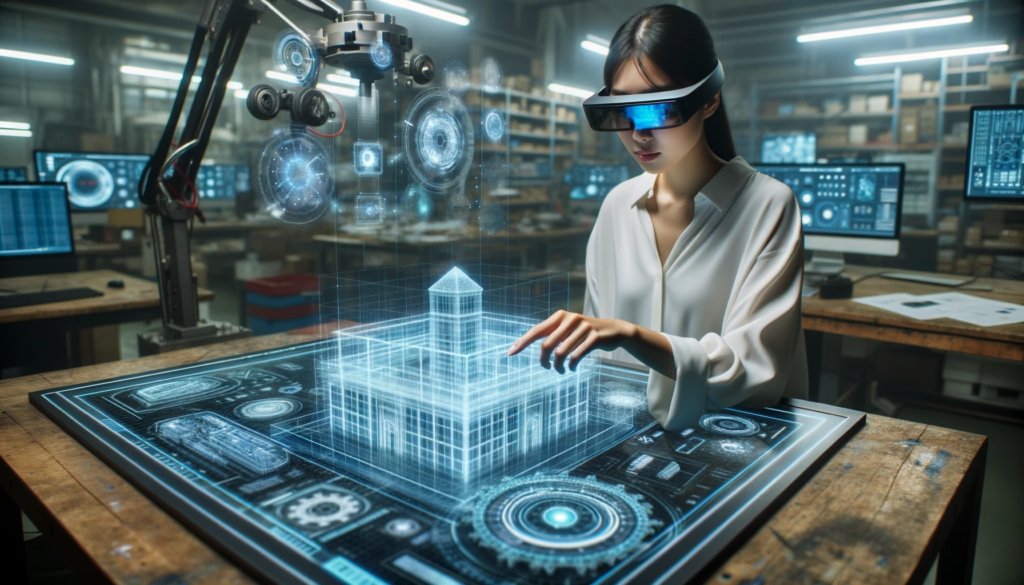
4. Bridging the Digital and Physical World
Technologies that bridge the digital and physical world, such as augmented reality (AR) and virtual reality (VR), have made significant strides in 2023. These technologies blend the physical world with digital information, creating a seamless user experience.
AR and VR technologies have been adopted across various sectors, including gaming, healthcare, education, and retail. For instance, in the retail sector, AR enables customers to virtually try on clothes or preview furniture in their homes before making a purchase. In education, VR can provide immersive learning experiences that enhance student engagement and understanding.
In addition to AR and VR, the Internet of Things (IoT) is another technology that bridges the digital and physical worlds. IoT devices collect data from the physical world and use it to inform digital systems. This has applications in numerous fields, such as smart homes, where appliances can be controlled remotely via a smartphone app.
Moreover, the fusion of digital and physical worlds is propelling cities into the future. Smart city initiatives leverage data from sensors, cameras, and IoT devices to optimize traffic flow, reduce energy consumption, and enhance public safety. These advancements create urban environments that are more efficient, sustainable, and livable.
In conclusion, technologies that bridge the digital and physical world are not just trends; they are new realities that are shaping how we interact with both digital content and the physical world. It’s an exciting time to be part of this digital revolution.





